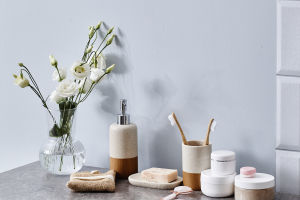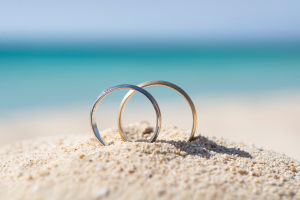Moisturizers create a protective barrier on the skin, sealing in moisture to keep it soft and smooth.
Hydrators, on the other hand, draw moisture from the air or skin to maintain hydration. While both serve similar functions, their effects are distinct.
You might think hydration is only important for those with dry or dehydrated skin, but just like your body needs water to stay healthy, your skin needs hydration to look and feel its best regardless of your skin type.
So, what exactly is hydration? Is it the same as moisture? With so many products on the market oils, creams, gels all claiming to hydrate your skin, how do you choose one that delivers the effective moisture your skin truly needs?
Hydrator vs. Moisturizer: What’s the Difference?
Scientifically, the term moisturizer is an umbrella category that encompasses various types of ingredients, including:
- Emollients (fats and oils)
- Squalene (oil)
- Humectants
- Occlusives
However, in the marketing world, these terms have evolved, and brands often define them however they see fit.
Is Water a Good Moisturizer?
While water is hydrating, it isn’t strong enough to keep your skin moisturized on its own. By the time you leave the bathroom, water is likely to evaporate, taking your skin’s natural oils with it. Without a moisturizer or hydrator to lock in that moisture, your skin may dry out even more. The technical terms for these ingredients are occlusives (often found in moisturizers) and humectants (found in hydrators).
- Moisturizers typically contain occlusive ingredients like petrolatum or mineral oil, which create a barrier on the skin’s surface to prevent moisture loss. They also include emollients like plant oils, making your skin feel smoother and less dry.
- Hydrators contain humectants like glycerin or hyaluronic acid, which draw water from the atmosphere or your skin and hold it in place.
Understanding the difference is key for selecting the right product for your skin type. While both aim for the same goal hydrated skin the approach to getting there varies.
What’s Best for Your Skin Type?
There are countless products on the market, from balms and oils to creams, gels, and hydrators. But in truth, most products serve a similar purpose. Romanowski points out that most lotions and products contain a mix of both occlusive and emollient ingredients, as well as humectants. This means they hydrate and moisturize simultaneously. The form a product takes (gel, balm, etc.) doesn’t significantly affect its performance; it’s the ingredients that matter most. That said, experimenting with different textures can help you figure out which one feels best for your skin.
- For Dry Skin: If your skin is dry year-round, creating a barrier to lock in moisture is key. Choose a thicker moisturizer, like one with petrolatum (petroleum jelly) or oils such as jojoba or coconut oil. These help prevent moisture loss.
- For Dehydrated Skin: Dehydrated skin needs more water, not just oils. Look for hydrating serums with ingredients like hyaluronic acid, which can hold up to 1,000 times its weight in water.
- For Oily Skin:Even oily skin can become dehydrated. To combat this, choose water-based hydrators and moisturizers that are non-comedogenic (won’t clog pores). These will hydrate without feeling heavy or greasy.
How Do You Know What’s Right for Your Skin?
The best approach to skin hydration and moisture may actually involve using both a hydrator and a moisturizer. Most products on the market already combine both types of ingredients, but if you’re diving into single-ingredient routines, it’s important to understand the difference.
Don’t forget to hydrate from the inside by drinking plenty of water — aim for at least half your body weight in ounces each day. Also, add water-rich foods to your diet, like watermelon, strawberries, and cucumber, to keep your skin and body feeling their best.
By combining proper skincare with hydration from within, you'll keep your skin healthy, hydrated, and glowing all year long!
Dry Skin? Don’t Buy A Moisturizer (Here’s The ACTUAL Science)
Video by Dr. Abs


